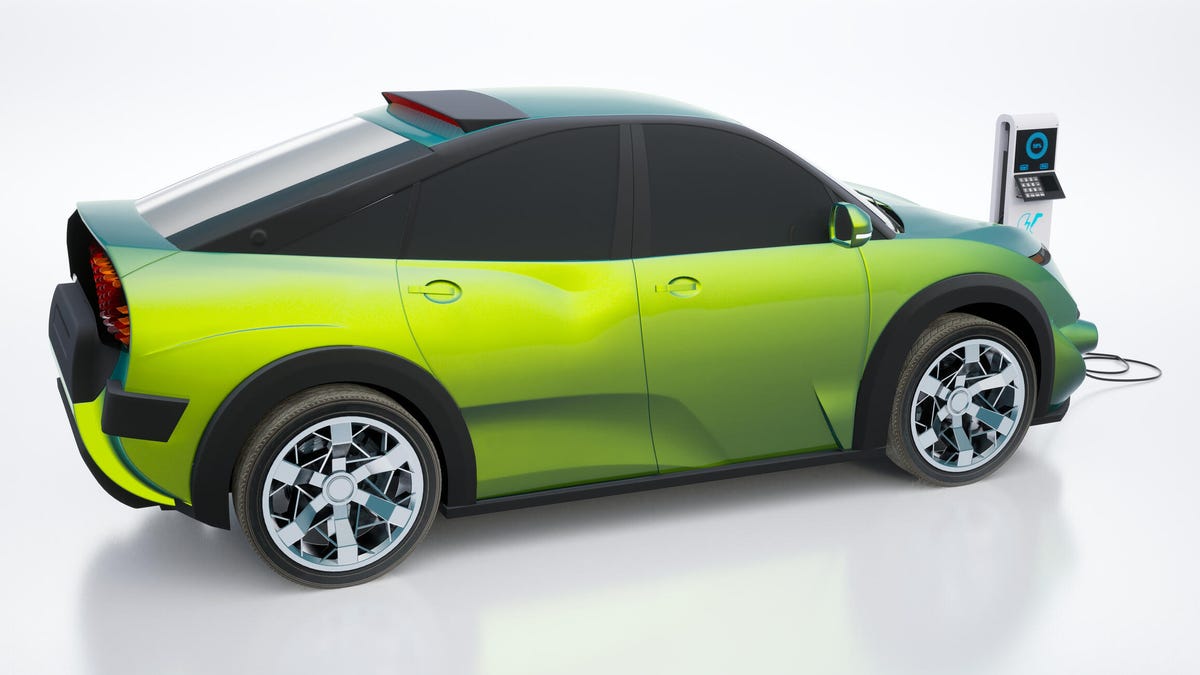
Lithium-ion battery prices dropped 10% in August, which could help lower the cost of the electric vehicles they power enough to put them on par with gas-powered automobiles in future.
EVs have traditionally had higher upfront costs, with the price of the battery a chief factor. But the average price for batteries fell to $98.20 per kilowatt-hour last month, according to energy analytics firm Benchmark Mineral Intelligence, the first time in two years it has dipped below $100.
Battery pack prices need to reach $100 per kilowatt-hour for EVs to achieve price parity with their fossil-fuel counterparts, Benchmark said.
Can solar panels save you money?
Interested in understanding the impact solar can have on your home? Enter some basic information below, and we’ll instantly provide a free estimate of your energy savings.
“Decreasing cell prices could allow [original equipment manufacturers] to sell mass-market EVs at comparable prices to ICE vehicles, with the same margin, improving the attractiveness of the EV transition for both consumers and automakers,” Benchmark analyst Evan Hartley said in a statement.
A decade ago, lithium-ion batteries averaged $668 per kilowatt-hour. By March 2022, they were down to $146.40, falling another 33% to reach August’s average. According to market intelligence firm TrendForce, “a continued gradual price decline [should be] expected for the rest of the year.”
Government subsidies, increased competition, improvements in battery chemistry and the raw materials used to make the batteries becoming less expensive are some of the numerous factors fueling the reduction, experts say. The price of lithium has fallen more than 50% since the start of 2023, and the cost of nickel and cobalt have also declined significantly.
There’s also the fact that demand for EVs is growing more slowly than the industry had predicted: In June, US carmakers had close to 100 days’ worth of unsold EVs sitting on their lots, Cox Automotive reported, more than three times the number a year earlier.
Besides EVs, rechargeable lithium-ion batteries are found in everything from smartphones and laptops to electric toothbrushes and vaping devices. They’re also used in solar power storage, and the price drop could boost consumers’ interest in solar-plus-battery setups for their homes.
In August, geologists reported on massive lithium deposits uncovered within the McDermitt caldera, an extinct supervolcano on the Nevada-Oregon border. The cauldron-like hollow may contain up to 40 million metric tons of extractable lithium, making it the largest deposit in the world.
If so, that could be enough to satisfy global battery demand for decades, according to the Independent.
“It could change the dynamics of lithium globally, in terms of price, security of supply and geopolitics,” Belgian geologist Anouk Borst told Chemistry World. “The US would have its own supply of lithium, and industries would be less scared about supply shortages.”

